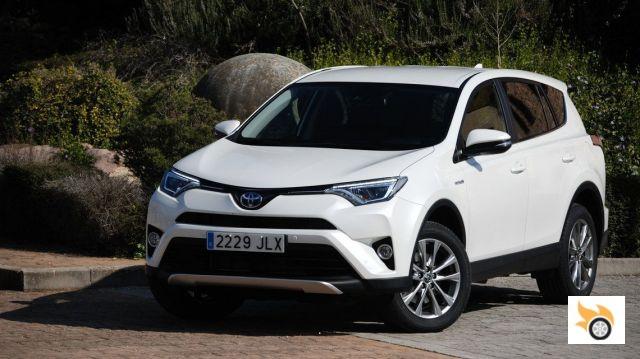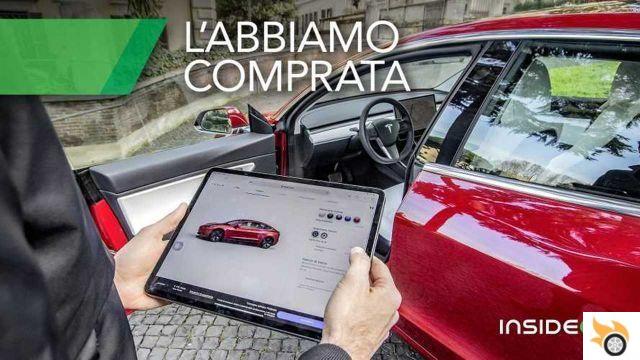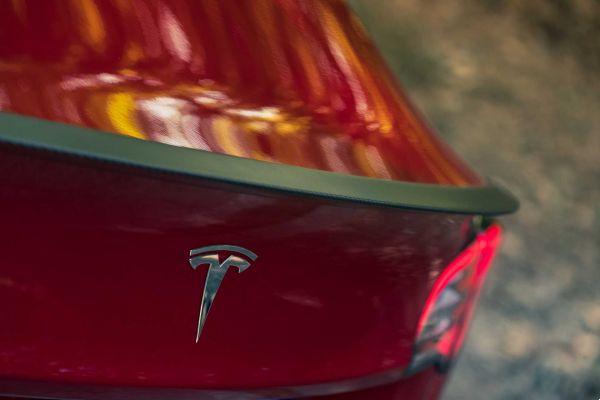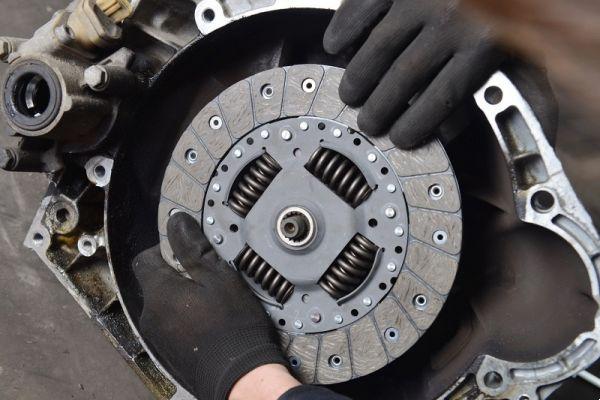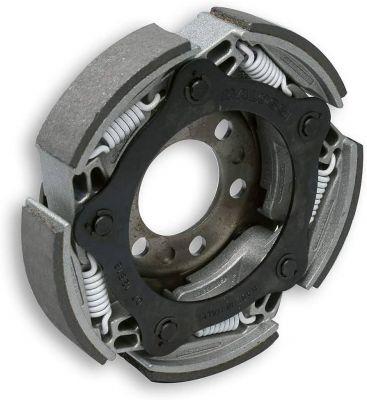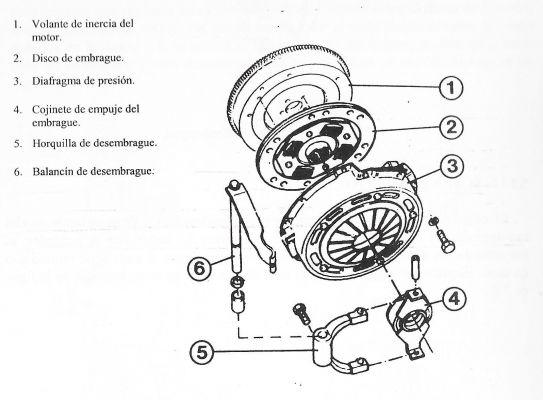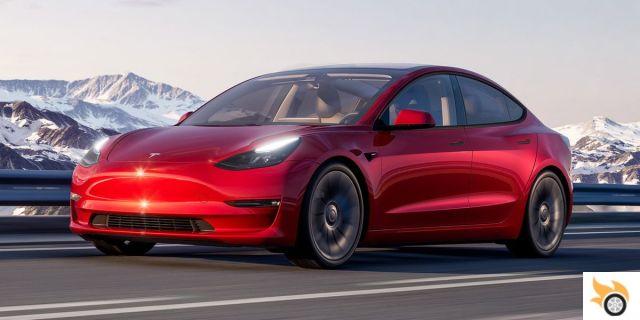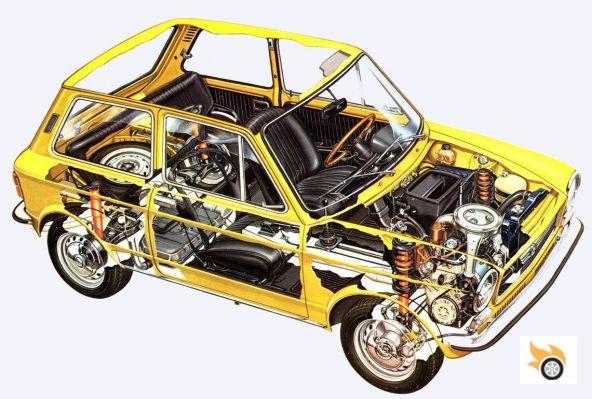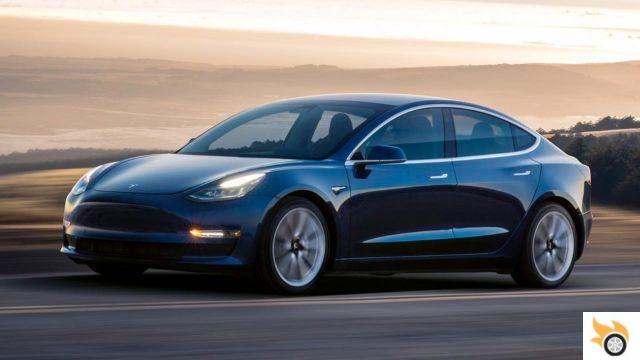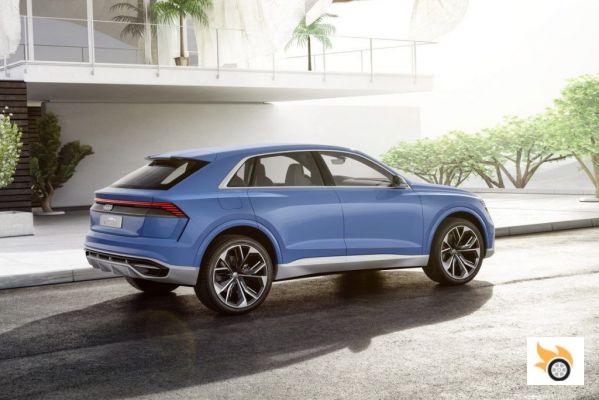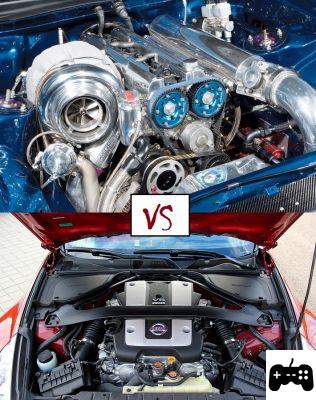
Introduction
In this article, we will delve into the fascinating world of naturally aspirated engines. We will explore what a naturally aspirated engine is, its features and operation, as well as the key differences between a naturally aspirated engine and a turbocharged one. We will also address the question of whether naturally aspirated engines are doomed to extinction and try to understand how this type of engine works.
What is an atmospheric engine?
An atmospheric engine, also known as a naturally aspirated engine, is a type of internal combustion engine that uses atmospheric pressure for its operation. Unlike turbocharged engines, naturally aspirated engines do not have a supercharging system that compresses the air before it enters the cylinders.
Characteristics and operation of the atmospheric engine
Atmospheric engines are characterized by their simplicity and reliability. By not relying on a supercharging system, they are less complex and easier to maintain. These engines typically have lower horsepower compared to turbocharged engines, but offer a smoother, more linear response.
The operation of an atmospheric engine is based on the four-stroke cycle: intake, compression, explosion and exhaust. During the intake stroke, the piston moves down and air is drawn into the cylinder. Then, at the compression stroke, the piston rises and compresses the air. At the time of explosion, the fuel is injected and the spark that generates the explosion is produced. Finally, at exhaust time, the combustion gases are expelled through the exhaust valve.
Differences between an atmospheric engine and a turbo
The main difference between an naturally aspirated engine and a turbocharged engine lies in the way air is supplied to the engine. In a naturally aspirated engine, air is naturally drawn in, while in a turbocharged engine, air is compressed by a turbocharger before entering the cylinders.
This difference has a significant impact on engine performance. Turbocharged engines typically offer greater power and torque compared to naturally aspirated engines. Also, turbocharged engines can compensate for power loss at high altitudes, where air density is lower.
Choice between a naturally aspirated and a turbocharged engine
The choice between a naturally aspirated and a turbocharged engine depends on individual needs and preferences. If you are looking for an engine with a smooth and linear response, a naturally aspirated engine may be the right choice. On the other hand, if you value power and performance, a turbocharged engine may be more suitable.
It is important to note that turbocharged engines are often more complex and require more maintenance. In addition, they tend to have higher fuel consumption compared to naturally aspirated engines. Therefore, it is essential to carefully evaluate your needs and consider performance, maintenance and efficiency aspects before making a decision.
Why are naturally aspirated engines doomed to extinction?
The evolution of automotive technology has led to the development of more efficient and powerful engines, such as turbocharged engines. These engines offer better performance and higher efficiency compared to naturally aspirated engines. In addition, increasingly stringent environmental regulations have driven the adoption of cleaner technologies, such as hybridization and electrification.
Despite this, naturally aspirated engines still have their place in the automotive industry. Many drivers value its simplicity, reliability and smooth response. In addition, naturally aspirated engines continue to be a popular choice in high-performance sports cars, where a more linear power delivery and greater connection to the driver are sought.
Frequently Asked Questions (FAQs)
1. What is the difference between a naturally aspirated engine and a direct injection engine?
Although the terms naturally aspirated engine and direct injection engine refer to different characteristics of an engine, they are not mutually exclusive. An atmospheric engine can have direct or indirect fuel injection. The main difference between the two terms lies in how the air is supplied to the engine (naturally aspirated or supercharged) and not in the fuel injection system.
2. Is it possible to convert an atmospheric engine into a turbocharged one?
Yes, it is possible to convert an naturally aspirated engine to a turbocharged one. However, this conversion requires significant modifications to the intake, exhaust and engine management systems. Also, it is important to note that such a conversion can affect the reliability and durability of the engine if it is not done correctly. It is recommended to seek the advice of experts in the field before making any modifications to the engine.
Conclusion
In short, naturally aspirated engines are a reliable and simple option in the automotive world. Although turbocharged engines have gained popularity due to their increased power and efficiency, naturally aspirated engines remain a valid option for those looking for a smooth, linear response. The choice between both types of engines depends on individual needs and preferences, as well as which aspects of performance, maintenance and efficiency are most valued.
We hope this article has clarified your doubts about naturally aspirated engines and their differences with turbocharged engines. If you have any other questions, please feel free to contact us. We will be happy to help you!
Until next time,
The Pistonudos.com team





